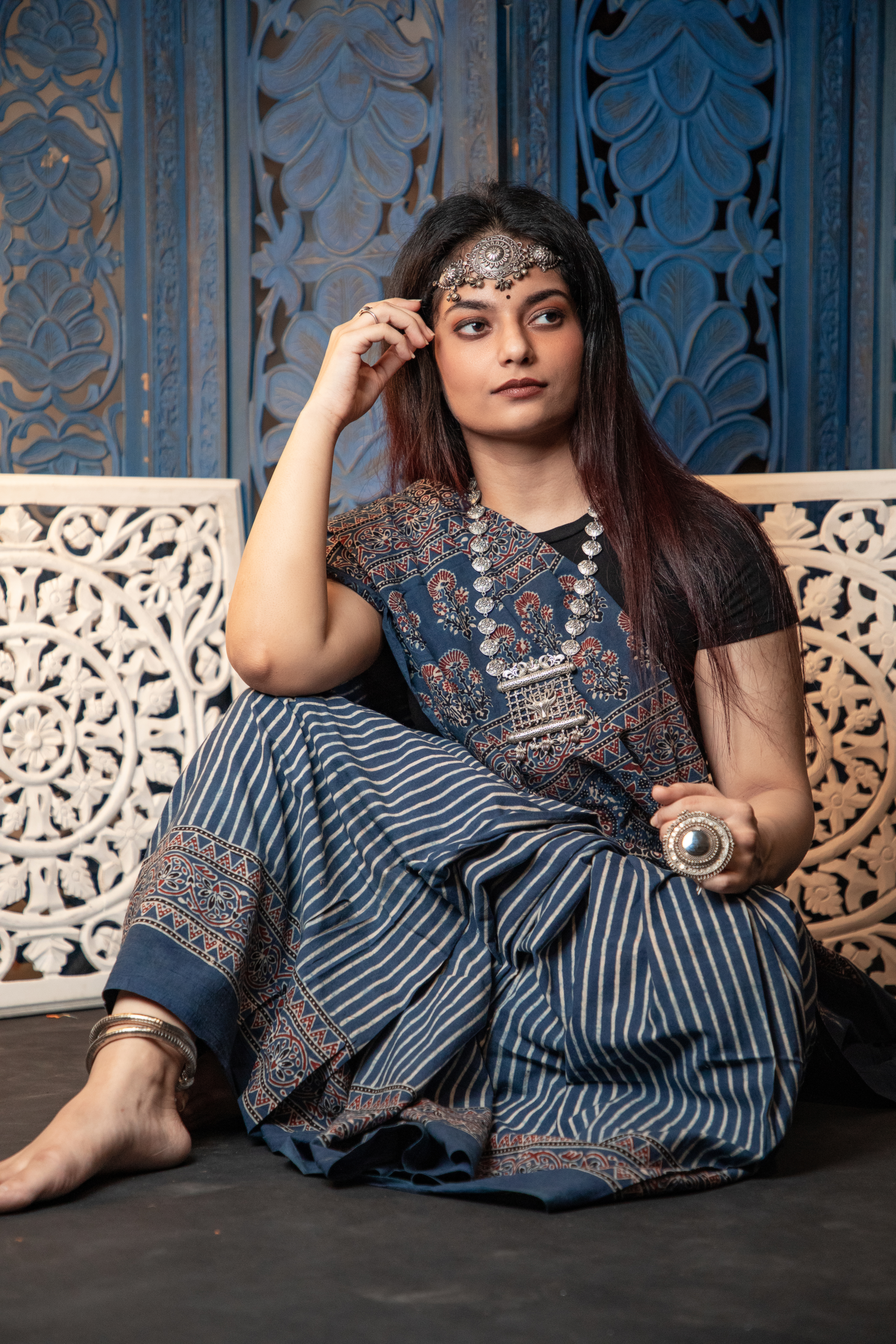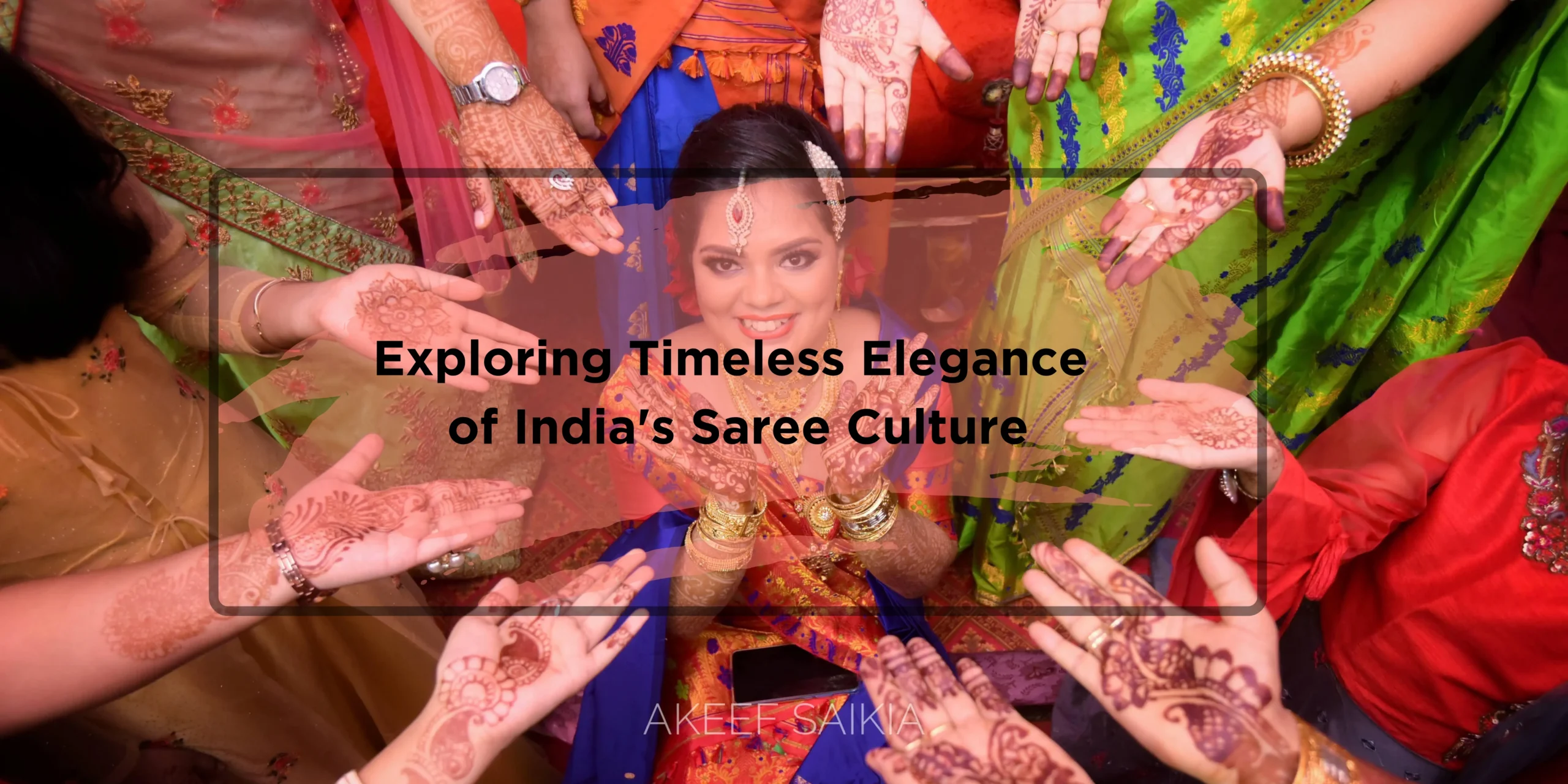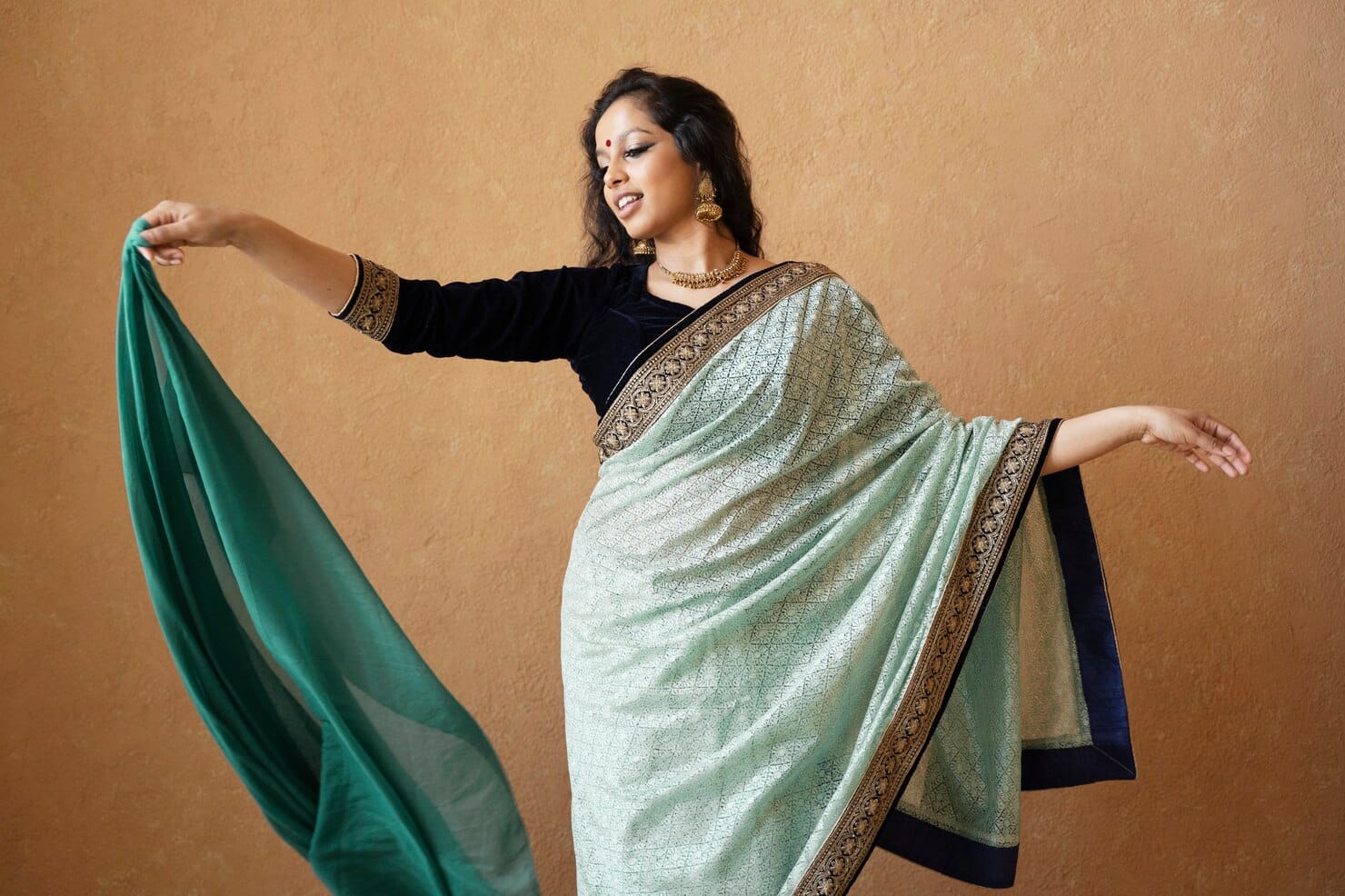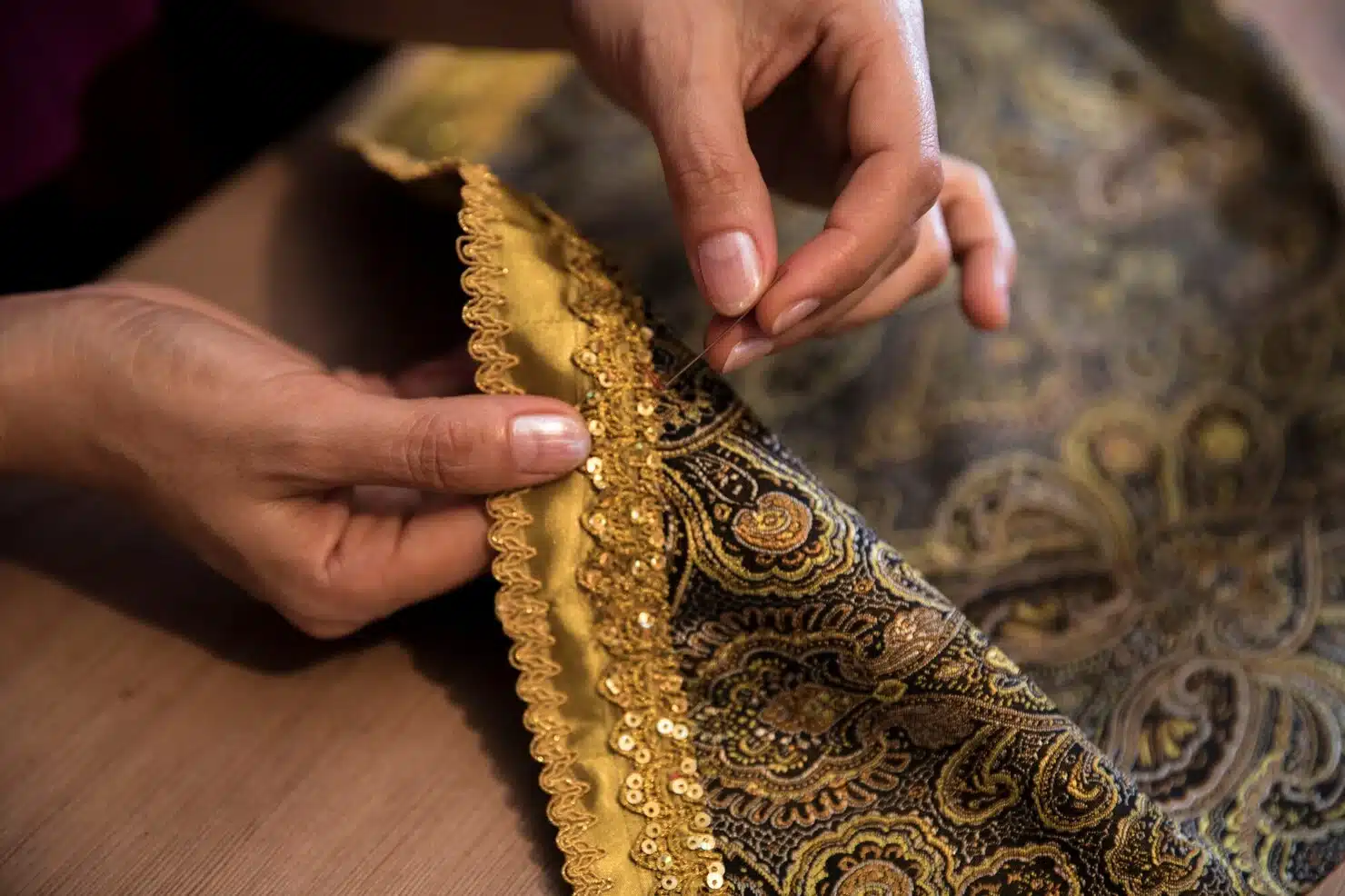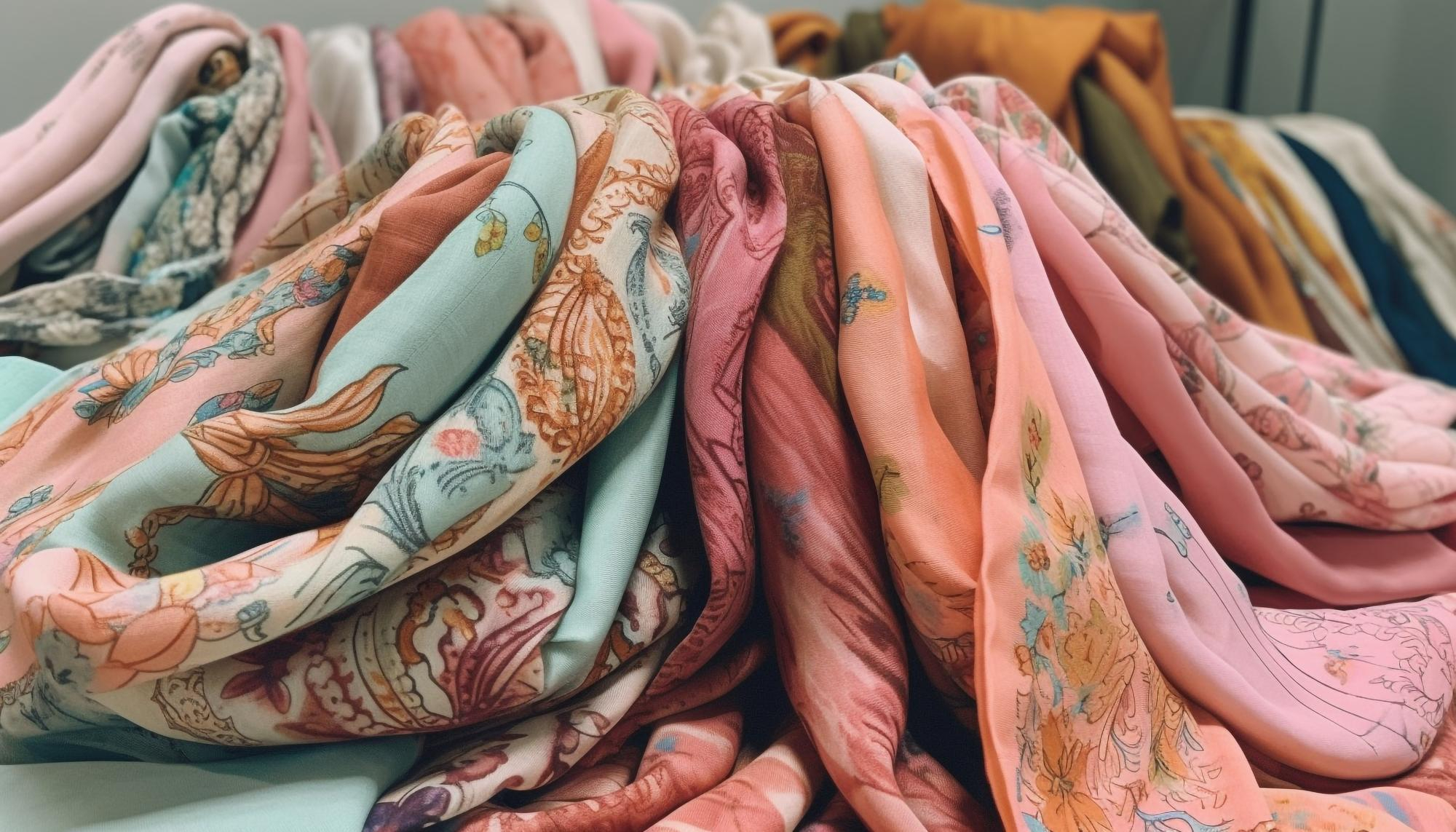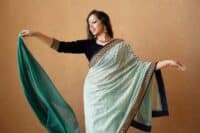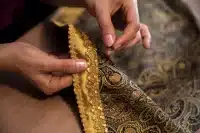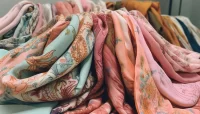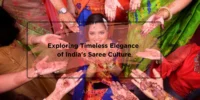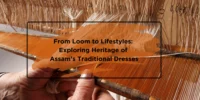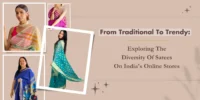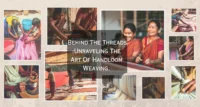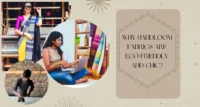Referenced in the Vedas, the ancient Hindu scriptures, and depicted in artifacts from the Indus Valley Civilization, the saree’s significance has only deepened over time. This iconic garment continues to grace fashion runways, adorn Bollywood celebrities, and resonate with individuals across generations, from urban streets to rural landscapes. Nearly every state boasts its unique weaving techniques, materials, designs, and production processes, resulting in approximately 30 distinct varieties. Let’s delve into some of these captivating regional sarees of India:
Bomkai Saree from Odisha
Bomkai Silk, also known as Sonepuri Silk, hails from Odisha and is known for its historical significance. Woven using a low-count cotton yarn, these saree traditional look feature complex threadwork on borders and pallus. Mythical scenes and historical stories are intricately woven into the fabric, often featuring themes like lotuses, peacocks, and carp-fish.
Chikan Saree from Uttar Pradesh
Chikan sarees, originating in Lucknow, Uttar Pradesh, celebrate the art of intricate handwork. These saree traditional look often feature block-printed designs inspired by Awadhi culture and are now embellished with zardozi work.
Eri Silk Saree from Assam
Unlike traditional silk extraction, Eri silk is humane—allowing moths to escape. This “fabric of peace” resonates with vegetarians and Buddhists. Eri silk boasts eco-friendliness, skin-friendliness, and durability. Its warm, wool-like texture suits all seasons.
Guntur Saree from Andhra Pradesh
Guntur Sarees, hailing from the charming city of Guntur in Andhra Pradesh, boast intricate craftsmanship and signature drape. Renowned for their Mangalagiri and Guntur cotton and silk sarees, the region is a tapestry of skilled artisans weaving remarkable designs. Tribal patterns like Ikat, checks, and stripes add modern appeal. Guntur SAREEs flaunt slender borders, elegantly adorned pallus, and captivating weft Ikats.
Ilkal Saree from Karnataka
Ilkal sarees, a Bijapur tradition from Karnataka, showcase unique weaving techniques. Their distinctive pallu in red and white draws attention, while rich colors like indigo, crimson, and green dominate the body. Classic patterns, including centipedes and triangles, are intricately woven. Kasuti embroidery and innovative weaving methods add finesse. Pallu, often interlocked with the body, signifies its importance.
Kalamkari Saree from Andhra Pradesh
Kalamkari sarees boast a legacy tracing back to Middle Ages. The Persian-rooted term “Kalamkari” translates to “pen sketch,” a testament to the hand-painted and block-printed motifs. Andhra Pradesh and Telangana nurture this tradition, using natural colors from plants and minerals. Rich hues and intricate themes from epics and art styles grace these saree traditional look, making them a canvas of history.
Kanjeevaram Saree from Tamil Nadu
Originating in Kanchipuram, these sarees blend South’s silk with Gujarat’s gold and silver Zari. Their distinct Pallu and border, intricately woven and stitched, narrate mythological tales and temple motifs. Known for durability, Kanjeevaram sarees are more than clothing; they’re art that lives through generations.
Kasavu Saree from Kerala
The kasavu saree from Kerala is famed for its zari-bordered elegance. Named after the zari used in its border, this handloom treasure is part of Kerala’s kaithari textile tradition. Geographical Indication (GI) clusters in Kerala produce the kasavu saree and its variant, the white Kerala saree. With motifs like peacocks, flowers, and Hindu mythological tales intricately woven into the pallu, this saree traditional look stands as a regal testimony to heritage and craftsmanship.
Kota Saree from Rajasthan
Hailing from Rajasthan, the Kota Doria saree is a masterpiece of cotton-silk blend. Its square check pattern, known as ‘khat,’ offers a distinct charm. Originally favored by the Rajasthani royals for its lightweight elegance, Kota sarees have evolved with vivid hues and intricate designs.
Narayanpet Saree from Telangana
Hailing from Telangana, Narayanpet sarees boast colorful silk weaves and intricate brocade work. With a distinctive checkered body, patterned border, and plain pallu, these sarees carry the legacy of the region’s history. Crafted on fly shuttle pit looms with lattice dobby, they intertwine traditional art with modern allure, offering a unique narrative of Indian saree culture and creativity.
Patola Saree from Gujarat
The Patola saree, a double ikat marvel from Gujarat’s Patan, reflects intricate weaving traditions. Adorning royal and aristocratic families, these saree traditional look are treasured for their complex tie-dye process. Symbolizing mystic protection, they feature diverse patterns like the chabardi bhat, resonating with Indian saree culture and rituals. Patola’s rich legacy extends beyond fashion, encompassing ancient customs.
Tant Saree from West Bengal
Originating from West Bengal, Tant sarees bear the hallmark of fine cotton handlooms. These masterpieces are a reflection of the region’s weaving heritage. Adorned with intricate designs, each Tant saree narrates stories through motifs like bhomra, rajmahal, and more.
FAQ
What is the latest saree fashion in India?
Saree fashion in India is constantly evolving, blending traditional elements with modern trends including chiffon sarees, floral embroidery sarees, organza sarees, sequin sarees, net sarees, and colour-blocked sarees.
What different types of traditional sarees are there in India?
India's saree traditional look repertoire is vast. Some prominent ones include Kanjivaram sarees from Tamil Nadu, Banarasi sarees from Uttar Pradesh, Chanderi sarees from Madhya Pradesh, and Bandhani sarees from Gujarat. Each state offers its own array of regional sarees of India, each with unique weaves, motifs, and cultural significance.

